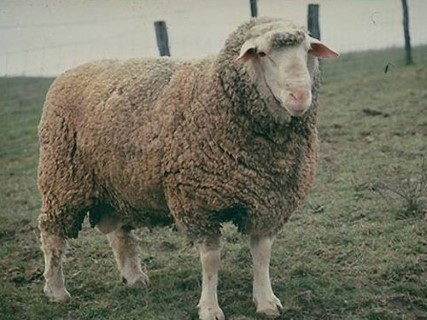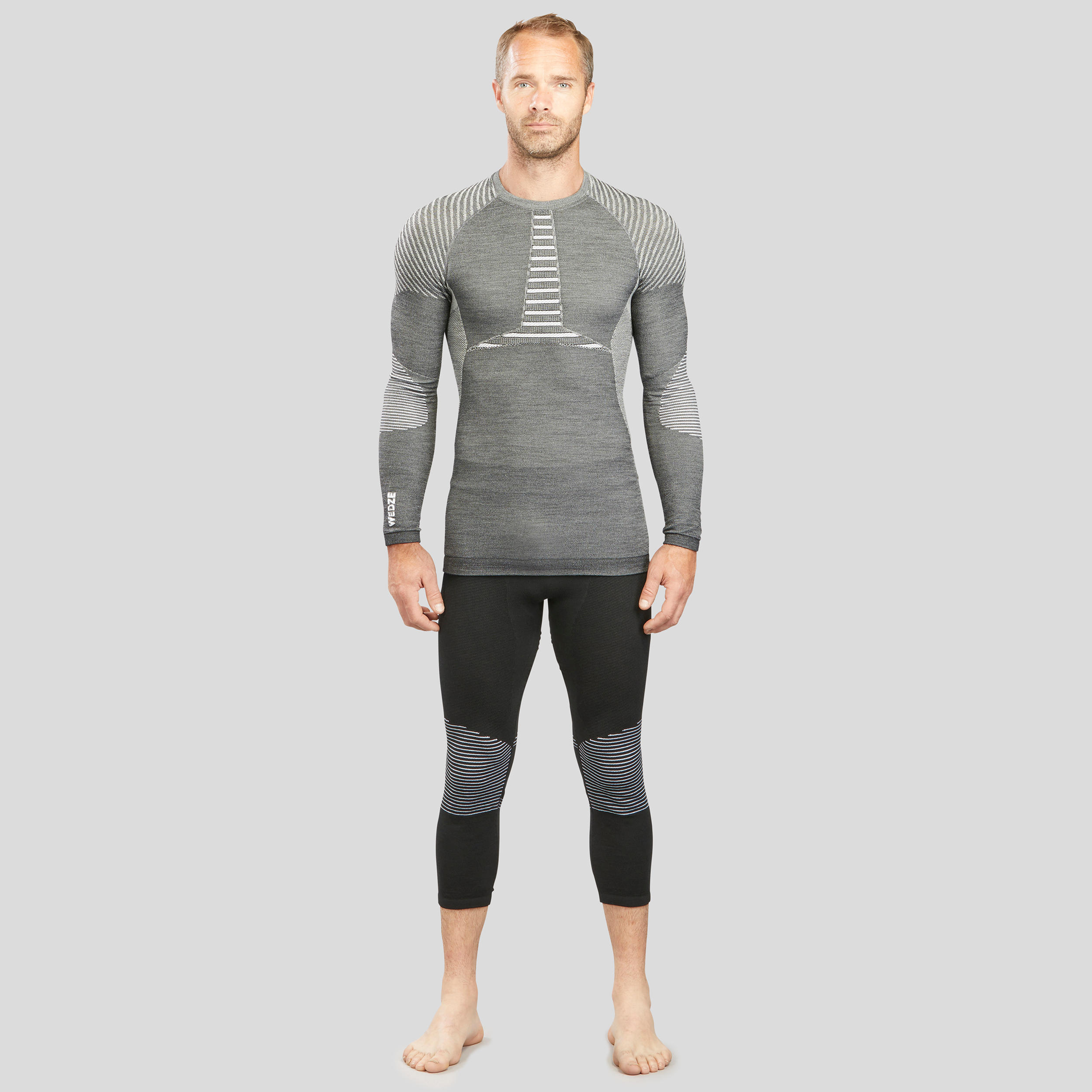Recommended Reasons To Picking Merino Wool Base Layers For Hiking
Wiki Article
What Merino Sheep Breeds Are Available What Are They? How Do They Differ?
There are numerous Merino types of sheep. Each one has its own distinctive features. Here's a brief overview of some of the most commonly used Merino sheep breeds and their differences. Spanish Merino - The Spanish Merino is one the oldest Merino sheep. It is known for its high-quality wool and high yield. This breed can be utilized in many different environments and is immune to many illnesses.
American Merino - The American Merino was first introduced to the United States during the 19th century. It is famous for its high-quality and long-lasting wool. This breed is particularly suited to harsh climates and is immune to many sheep diseases.
Saxon Merino - The Saxon Merino Merino breed is a very fine-boned Merino sheep that is known for its soft and silky wool. The breed is generally smaller than the other Merino breeds and is well-suited for hot and dry climates.
Peppin Merino -- The Peppin Merino breed is an Australian breed that was first introduced in the 19th century. This breed is well-suited for the dry and hot climate of Australia due to its wool's superior quality.
Rambouillet - Rambouillet is one of the Merino sheep breed, was created in France in late 18th century. This breed is famous for its adaptability to various situations and its durability. Rambouillet wool tends to be coarser than other Merino species, but it's still very prized for its exceptional quality.
Polwarth - The Polwarth Merino breed was created in Australia in the latter half of the 19th century. The breed is renowned for its soft and beautiful wool, and is especially well-suited to the cooler, wetter climate of southern Australia.
The distinctive qualities and traits of Merino sheep are determined by the breed and environment they were born in. Breeders typically select specific characteristics like fine wool, toughness and adaptability to make innovative Merino breeds that are suited to various environments and uses.

What Are The Various Types Of Base Layers Made Of Merino Wool Used In Garments?
Merino wool is a great base layer for clothing because of its moisture-wicking and breathability, as well as its natural odor resistance and breathability. Here are a few Merino sheep wool base layers. These lightweight Merino wool base layer are suitable for moderate to mild weather. They're typically made of fabrics that are breathable and lightweight that makes them simple to layer with other clothing.
Base layers of midweight Merino wool base layers. These base layers are able to be used in colder climates. They are often made from heavier, warmer and more insulating materials that offer warmth and comfort in colder temperatures.
Heavyweight base layers: The heavyweight Merino-wool base layers are designed to be used in cold and chilly weather. They are made with an extremely warm, thick fabric that is insulated and protection from the elements.
3/4 length base layers - 3/4 length Merino wool layer base layers are designed to provide warmth and comfort but without bulk. They're great to layer under shorts or under pants during cooler temperatures.
Long-sleeved base layer - Long-sleeve Merino wool base layers are designed to offer warmth and comfort for the upper body. They are typically made from lightweight and breathable material which can be worn over other clothing for added warmth.
Hooded Merino-wool base layer - Hooded Merino layers are created to provide warmth and protect. They typically come with a hooded, fitted one that is worn underneath the helmet.
Zip-neck Base Layers - Zipneck Merino wool layer layers are created to regulate temperature. They usually come with a zip-lock collar that can be closed or opened closed depending on the weather conditions.
Merino wool base layers are available in a variety of designs and weights to suit different preferences and requirements. When choosing the right Merino wool base layer, it is essential to take into consideration the weather conditions as well as the amount of activities you'll be involved in so that you select the appropriate weight and design to meet your requirements. Go try ski thermals at koraoutdoor.com for site recommendations.

Merino Wool Mixed With Himalayan Yak Wool Makes An Excellent Base Layer For Skiing.
Blending Merino wool and Himalayan Yak wool is the ideal choice as a base layer to use for skiing because it combines the advantages of both fibers. Merino wool's remarkable water-wicking properties, temperature control, and softness are widely known, and Himalayan wool's durability and warmth are well-known. Combining these two fibers creates an underlying layer that's comfortable, warm, and moisture-managed. It's great for skiers. The Merino wool helps regulate body temperature and wicks moisture away from the skin, making your body dry and comfortable. Yak wool is an insulation layer that provides warmth for cold conditions. Furthermore, the combination of Merino wool and yak wool provides the highest durability and resistance to wear and tear, making it a fantastic choice for a base layer that will be used in intense sports such as skiing. Merino and Himalayan Yak wool are combined to form an ideal base layer that offers warmth as well as moisture management and breathability. This is why it's a fantastic option for skiing as well as other cold-weather activities. Go best thermal ski clothing at koraoutdoor.com for more advice.

Merino And Himalayan Himalayan Yak Wool Are Superior To Cotton Polyester, Nylon, Fleece, And Other Alternatives For Skiwear.
Merino and Himalayan wools are superior to nylon, nylon, cotton, polyester and fleeces for ski wear for several reasons. Warmth- Merino and Himalayan wools are extremely efficient insulations that help keep your body warm during cold conditions. Merino Wool as well as Himalayan Yok Wool provide superior insulation.
Moisture management Merino wool or Himalayanyak wool are excellent in regulating moisture. Both wools have natural moisture-wicking properties. They remove moisture from the skin and transfer the moisture into the fabric's outer layers where it can evaporate. This is in contrast against cotton, which absorbs humidity, and can become uncomfortable and heavy once it's wet.
Breathability Merino and Himalayan wools are extremely permeable, which allows air to circulate within the fabric. This helps regulate body temperature and also prevents overheating. This is crucial for ski clothes since it helps you stay at ease while skiing. Polyester, nylon, and fleece however are more breathable however they trap moisture and heat. This can make you uncomfortable and sweaty.
Comfortand Comfort Merino and Himalayan wools are soft and comfortable and can be worn close by the skin. They are extremely flexible and stretchy that allow for full range of motion and mobility. Polyester, nylon, and fleece, on the other hand are rigid and uncomfortable. This could limit your movements and cause discomfort.
Sustainability: Merino wool and Himalayanyak wool are both sustainable and natural fibers that are reusable and biodegradable. They're therefore more sustainable than synthetics such as polyester or nylon that are constructed from non-renewable materials that take longer to break down.
In general, Merino wool and Himalayan yak wool offer a range of advantages that are superior to polyester, cotton, nylon, and fleece for ski clothing. They are extremely durable, warm and breathable. They also have moisture-wicking properties, making them an excellent option for people who wish to enjoy a safe and comfortable ski.